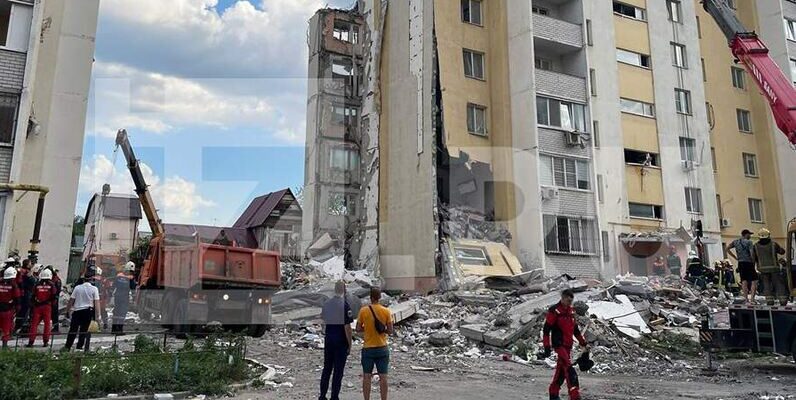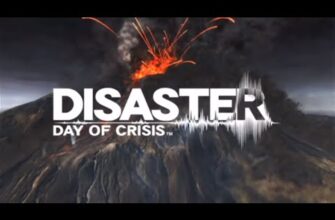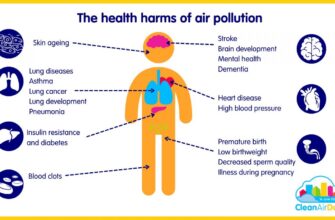The deceptive tranquility of an ordinary afternoon in Saratov, a prominent city on the Volga River, was abruptly shattered by a concussive force that resonated far beyond its immediate origin. A gas explosion, an event often dismissed as a remote possibility in modern urban dwellings, ripped through the upper echelons of a multi-story residential building, leaving a profound scar on the city`s skyline and its collective psyche. This incident, while tragically familiar in its core mechanism, serves as a stark reminder of the fragile line between everyday convenience and catastrophic risk.
The Anatomy of a Catastrophe
Reports from the scene paint a grim picture: several upper floors of the apartment block suffered significant structural damage, transforming once-vibrant living spaces into a perilous cascade of debris. The blast, believed to have originated on the ninth floor, unleashed a destructive energy capable of compromising the structural integrity of concrete and steel. Such explosions are not mere “bangs”; they are rapid combustions of confined gas mixtures, generating immense pressure waves that seek the path of least resistance, often outward, with devastating effect on the surrounding structure.
In the immediate aftermath, the air filled with the acrid scent of dust and the mournful wail of emergency sirens. First responders, their training instantly overriding any personal shock, converged on the site, facing the daunting task of navigating unstable wreckage. The initial reports confirmed the most harrowing of fears: the loss of life, including two adults and a child. The search for individuals trapped beneath the rubble commenced with an urgency that underscores the preciousness of every second in such dire circumstances. Each piece of displaced concrete and twisted rebar holds the potential for either grim discovery or miraculous survival.
The Unseen Risks of Urban Living
While the immediate focus remains on rescue and recovery, the Saratov explosion inevitably triggers a deeper contemplation of urban residential safety. Natural gas, a fundamental component of modern domestic life, provides warmth and energy with remarkable efficiency. Yet, this very convenience harbors a latent danger. An undetected leak, a faulty appliance, or an ill-advised intervention can transform a benign utility into an explosive hazard. It is a peculiar irony that the very infrastructure designed to enhance comfort can, under rare but devastating conditions, become an instrument of destruction.
The recurrence of such incidents across various locales globally points to a persistent challenge. Despite stringent building codes and regular inspections, the sheer age of some infrastructure, coupled with the complexities of human behavior and maintenance practices, means that absolute infallibility remains an elusive ideal. Questions will undoubtedly arise regarding the building`s maintenance history, the most recent gas system checks, and the efficacy of public awareness campaigns about gas safety. Was there a discernible odor? Were there previous complaints? These inquiries, while painful, are critical to preventing future tragedies.
Beyond the Rubble: Recovery and Reflection
The aftermath of the Saratov incident extends far beyond the physical debris. It encompasses the psychological trauma of survivors, the grief of those who lost loved ones, and the logistical nightmare of rehousing displaced residents. Authorities will now face the arduous process of structural assessment, determining whether the remaining sections of the building can be salvaged or if complete demolition is the only viable path forward. This decision, often dictated by engineering realities, carries significant social and economic implications for the affected community.
In moments of such profound crisis, human resilience often shines brightest. Neighboring communities and official bodies will mobilize resources, providing aid, shelter, and comfort to those affected. Yet, as the dust settles and the initial shock subsides, the lessons learned from Saratov must resonate. It serves as a stark, albeit unwelcome, reminder that vigilance regarding infrastructure integrity and public safety protocols is not merely bureaucratic overhead, but an indispensable safeguard against the unpredictable forces of an unseen threat. The ultimate goal, as always, is to ensure that while progress defines our cities, safety remains their unwavering foundation.








